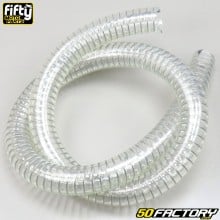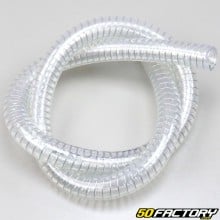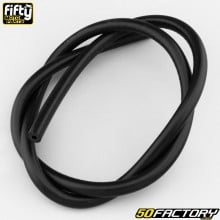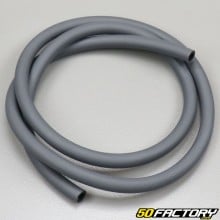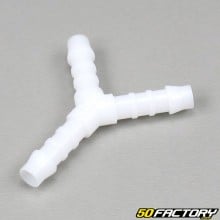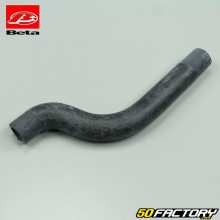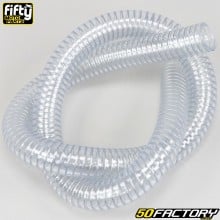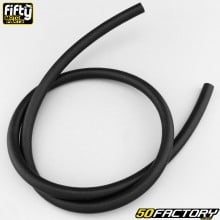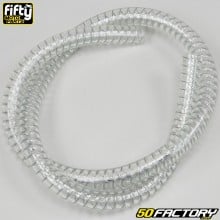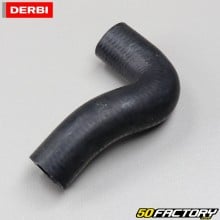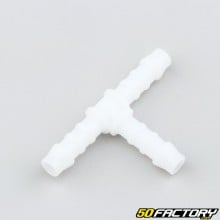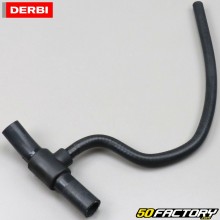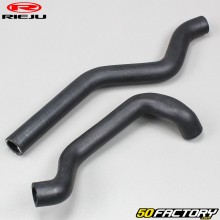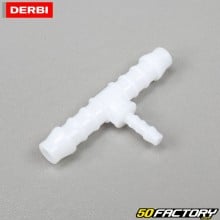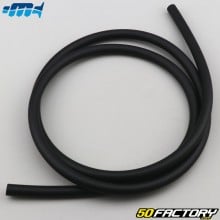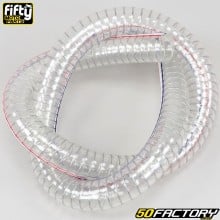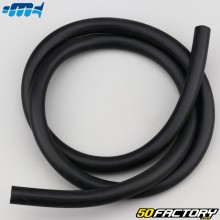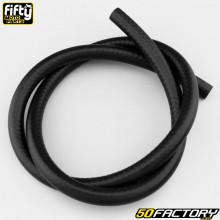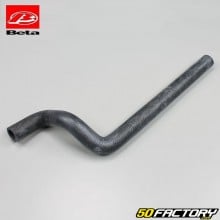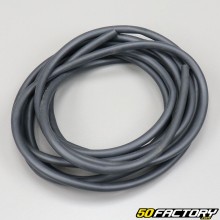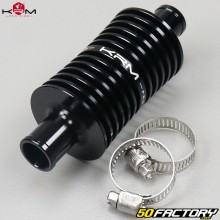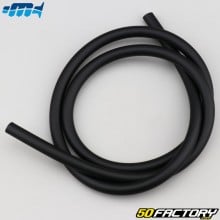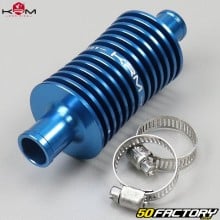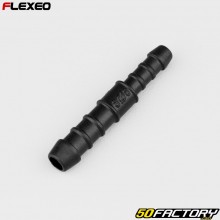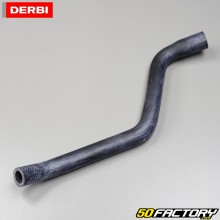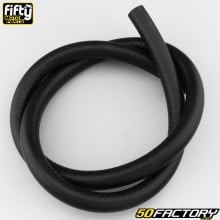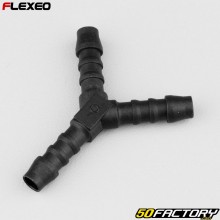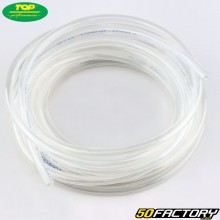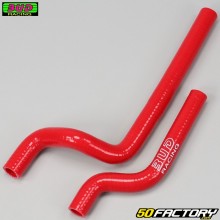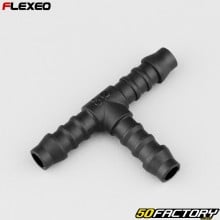 Radiator hose
Radiator hose
- IN STOCK15€90
- IN STOCK14€00
- IN STOCK2€90
- IN STOCK7€80
- IN STOCK5€90
- IN STOCK8€60
- IN STOCK5€90
- IN STOCK20€60
- IN STOCK3€20
- IN STOCK23€50
- IN STOCK15€90
- IN STOCK4€90
- IN STOCK21€80
- IN STOCK65€00
- IN STOCK10€50
- STOCK EXHAUSTED23€90
- IN STOCK2€50
- IN STOCK32€80
- IN STOCK97€10
- IN STOCK7€40
- IN STOCK16€90
- IN STOCK29€90
- STOCK EXHAUSTED6€30
- IN STOCK19€90
-
- IN STOCK15€90
-
- IN STOCK4€90
- IN STOCK11€50
- IN STOCK17€40
- IN STOCK32€80
-
- IN STOCK32€80
- IN STOCK20€20
- IN STOCK2€40
- STOCK EXHAUSTED37€20
- IN STOCK5€90
- IN STOCK2€40
-
-
- IN STOCK43€20
- IN STOCK2€40
Understanding the 50cc Motorcycle Cooling Hose
The coolant hose is a vital part of the cooling system of 50cc motorcycle engines. A functioning coolant hose is necessary to maintain a stable operating temperature and prevent the engine from overheating. This component is often overlooked, but it is vital to the long-term health and performance of your engine. Understanding its role and how it works will help you identify potential problems and make informed decisions when purchasing a new hose.
The role of this part in the cooling system of an engine
The cooling hose allows the passage of the coolant between the different elements of the cooling system. It is connected to the radiator and water pump, allowing coolant to circulate and regulate engine temperature. By absorbing heat from the engine, the coolant carries it away to the radiator where it cools before returning to the engine. This cycle repeats continuously while the engine is running. Without a healthy hose, the engine can overheat, causing significant and potentially costly damage.
The different parts of such a hose
A cooling hose is usually made up of several layers of materials. There is usually an inner layer of rubber, resistant to high temperatures and chemicals, an intermediate layer of fiber reinforcement, offering good mechanical resistance, and an outer layer of protection against external aggressions (abrasion, heat, oil, etc.).
The cooling hose can be outlet or inlet, depending on its position on the cooling circuit.
To find out more about the cooling system, consider consulting our guide: Understanding engine cooling.
The importance of a regular inspection
Regular inspection of the cooling hose is essential to detect signs of aging or damage. If you notice cracks, deformation or leaks, it is likely that the hose needs to be replaced. A hose in good condition will contribute to an efficient cooling system, extending engine life and optimizing the performance of your vehicle. Over time, cooling hoses tend to harden and crack, which is prone to leaks and par therefore dangerous for the cooling system.
Choose a quality part
Selection criteria: brand, model, material
There are several factors to consider when selecting a cooling hose. First of all, it is important to choose a hose that is compatible with the make and model of your vehicle. The material of the hose, generally rubber or silicone, is also a determining criterion. Silicone, par example, is ideal if you are looking for a hose that is more resistant to extreme temperatures and chemical attack. Hard and elastic at the same time, when they are made of rubber. Aramid fiber or synthetic fibers can be used for better renforcewent.
Resistance to extreme temperatures and ease of installation
Resistance to extreme temperatures is a key factor when choosing a coolant hose. Since the hose will be in constant contact with hot or boiling coolant, it must be able to withstand these high temperatures without deforming or cracking. Another important factor to consider is how easy it is to install the hose.
Durability and reliability
It is essential to choose a cooling hose that offers exceptional durability and reliability. A quality part must be able to withstand the wear and tear of time, without compromising its effectiveness. It is therefore recommended to opt for a cooling hose manufactured par a brand recognized for the quality of its products. Investing in a high-quality hose can save you money in the long run by avoiding frequent replacements and costly repairs.
Cooling system performance
A quality cooling hose should ensure optimum performance of your vehicle's cooling system. A good cooling system helps maintain the health of your engine and improve the overall performance of your 50cc motorcycle. Par Therefore, it is essential to choose a hose that contributes to the efficiency of this system.
Signs of failure of this essential part
Signs of a cooling hose failure can be varied, such as engine overheating, coolant leaking, a swollen or deformed hose, or a buildup of deposits inside the hose. In any case, it is essential to react quickly to these signs to avoid more serious damage to the engine.
Understanding the signs of failure
It is essential to understand these signs so that you can intervene quickly. Overheating of the motor may occurar an increase in engine temperature, a drop in performance or even par engine misfires. A coolant leak usually manifests itself par stains under the vehicle or par the drop in the liquid level in the cooling tank. A swollen or deformed hose can be easily spotted during a visual inspection of the vehicle. Finally, deposit buildup inside the hose can be detected when draining the coolant.
Consequences of a defective hose
A faulty cooling hose can cause many problems, the main one being engine overheating, which can cause major and costly damage. Other symptoms may be excessive fuel consumption, decreased engine performance, or even total vehicle breakdown.
Take action in the face of a failure
Faced with these signs of failure, it is crucial to take immediate action. This can happen par a simple visual inspection to identify the problem, or par a consultation with a professional for a more precise diagnosis. The solution can range from replacing the faulty hose to a more complex repair of the cooling system. In any case, it is essential not to neglect these signs to ensure the longevity of your engine and the safety of your driving.
Replacing the cooling hose
The steps to follow to replace such a hose
Replacing a cooling hose is an operation that can generally be carried out par an individual with some basic mechanics. This involves first identifying the hose to be replaced, then disconnecting it from its ends (radiator, water pump), extracting the old hose, and finally installing the new hose.
Precautions to take when replacing
It should be noted that this operation requires certain precautions. It is recommended to work on a cold engine to avoid burns. Make sure you have a container to catch any coolant that may leak when removing the old hose. Also remember to wear gloves to protect your hands from chemicals in the coolant.
After replacement
Once the new hose is installed, it will then be necessary to fill the cooling system with new coolant. Be sure to respect the capacity of the cooling circuit indicated in your vehicle's manual to avoid any malfunction. After filling, it is recommended to run the engine for a few minutes to allow the fluid to distribute evenly throughout the cooling system. Finally, don't forget to carry out a few checks after starting the vehicle to ensure that the replacement was carried out correctly and that the cooling system is functioning normally.
The different options available on the market
There are a variety of cooling hoses available on the market, offering different characteristics in terms of material, diameter, shape, length, and resistance to heat and chemicals. Choosing the right hose is essential to ensure the performance and longevity of your cooling system.
The pros and cons of each option
Rubber cooling hoses offer good performance at a generally more affordable price than silicone hoses. However, they are less resistant to heat and chemicals, and generally have a shorter lifespan. Silicone hoses, on the other hand, offer better resistance to heat and chemicals, and a longer lifespan, but are generally more expensive. The choice between these two options will therefore depend on your priorities and your budget.
Zoom on the hoses Bud Racing and Flexeo
Cooling hoses Bud Racing and Flexeo are two great options to consider. They are recognized for their quality, heat resistance and durability. Bud Racing is a renowned brand in the motorcycle industry, while Flexeo is a brand that stands out par its innovative products and its range of high-performance silicone hoses.
Conclusion: The importance of a quality part for your 50cc motorcycle
The importance of a good cooling hose to keeping your vehicle running smoothly cannot be underestimated. To maintain the efficiency of your cooling system and prevent engine damage, it is essential to choose a quality hose, properly suited to your vehicle, and to promptly replace any defective hose.
It is important to note that the durability of your 50cc motorcycle is directly related to the quality of its components. A quality cooling hose is not only an investment in the health of your engine, but also in the longevity of your vehicle. It can save you costly repair costs and performance issues in the long run.
The key role of the hose in the longevity of your vehicle
A quality cooling hose ensures that your cooling system is operating optimally, preserving the performance and life of your engine. Par Therefore, the choice of this mechanical part should not be taken lightly. It is important to educate yourself, compare the available options and make an informed choice. Ultimately, a quality cooling hose is an investment in the longevity of your 50cc motorcycle.
Remember to check the other cooling categories to find all your parts: cap, water pump, radiator, sensor and thermostat, radiator support and accessory, expansion tank.

















































